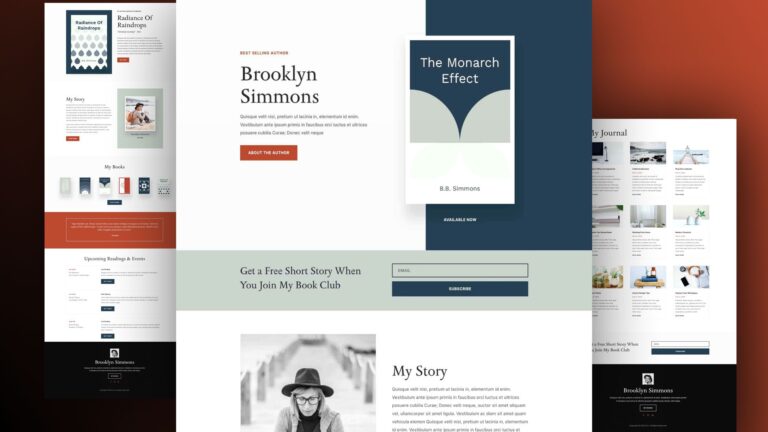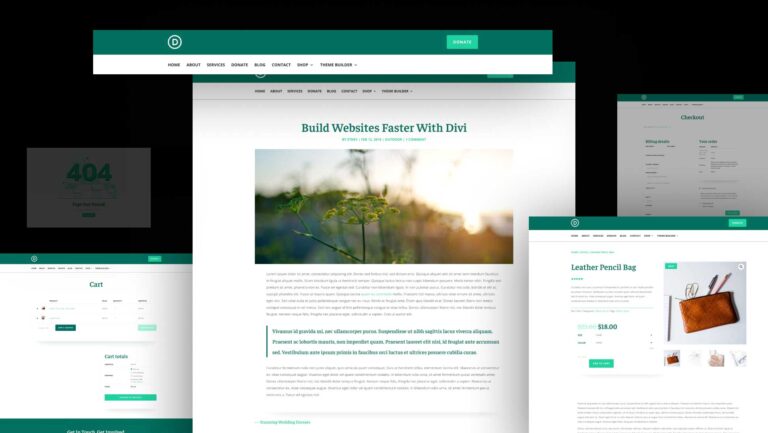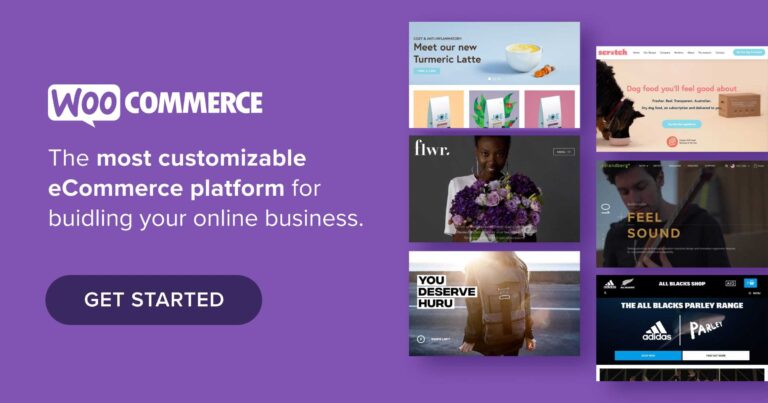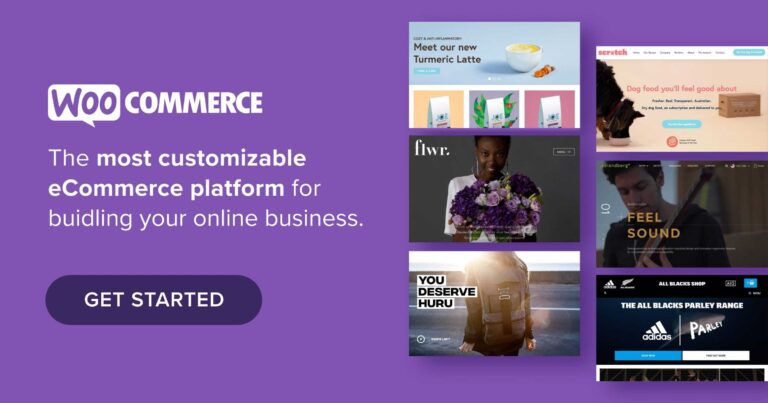Content mapping is a marketing technique that matches messages to meaningful stages in a shopper’s online buying journey.
The technique requires understanding shoppers’ motivations throughout the purchase process. Marketers can use this knowledge to create relevant, value-packed content to attract, engage, and retain shoppers.
Getting Started
An ecommerce content map starts with completing three tasks.
- Know the customers. At each phase of a buying journey, what is a customer’s motivation for coffee?
- Know the products. What value do the products deliver to shoppers? What differentiates the items sold or the store itself?
- Catalog content. What content has the business already produced? How does that content align with shoppers’ buying journeys and the products’ value?
A Buying Journey
While each task is important and nuanced, let’s focus this article on knowing the customers — their journeys from consideration to post-purchase.
A few models help us understand how a consumer becomes familiar with a brand or product and eventually makes a purchase. One that works well for content mapping is McKinsey & Company’s Customer Decision Journey framework, which has four buying phases.
- Initial consideration. A person has a need and begins looking for a product.
- Active evaluation. The person gathers information and compares options.
- Closure. Satisfied with the evaluation, the person makes a purchase.
- Post-purchase. The customer experiences the product and forms an opinion on future buys.
A merchant’s marketing team should interview customers and prospects to understand what motivated them at each phase. The goal is identifying what content would help move the shopper toward an eventual purchase.

A content map requires understanding the particulars of a buyer’s journey, such as why someone who moved to Arizona from Mississippi might need skin cream.
Consider a practical example. Margo moved from humid and moist Mississippi to arid Arizona because of a new job.
She soon noticed that her elbows, heels, and knuckles had dried out, cracked, and started to itch. The water-based lotion she had used for decades did nothing to help. She needed something better. Margo has entered the initial consideration phase.
Margo searches Google as she actively evaluates her dry skin options. She learns that creams have relatively more oil than lotions and thus work better in arid climates.
During the active evaluation phase, Margo found a video demonstrating how lotion dried out a chamois cloth. The video was brilliant content marketing from a direct-to-consumer cream brand. Margo enters the closure phase and is ready to purchase from the shop that produced the helpful video.
When the new tub of cream arrives, Margo experiences its regenerative capabilities. She is in the post-purchase phase. The cream met her expectations. She will likely purchase from that shop again and be open to additional recommendations.
Content Mapping
Armed with an example, a content marketer can compare and associate the value of the company’s products, its existing content, and what motivated the shopper at each phase.
The marketer will identify and fill content gaps and develop a comprehensive story that engages a shopper like Margo throughout her buying journey. This is content mapping.
The specifics of how a marketing team executes the content map will differ from one merchant to another. Nonetheless, there is a common structure.
Let’s continue the example of a business selling skin creams and use Margo’s story to represent customers with similar motivations.
Initial consideration
- Margo’s motivation. Find a solution for her dry and itchy skin.
- Merchant’s marketing objective. Make Margo aware of the brand and educate her about possible solutions.
- Types of content. Blog posts about moving to Arizona and dry skin care. YouTube videos about the same, engaging social media content, and easy-to-understand infographics about why certain products are effective in dry climates.
Active evaluation
- Margo’s motivation. Understand which products are most effective for her needs.
- Merchant’s marketing objective. Provide comprehensive information that addresses her questions and helps compare options.
- Types of content. Detailed guides comparing creams and lotions and persuasive video demonstrations, such as the chamois cloth example, will help Margo understand her dry skin and the products that can help. This phase is also a good time to employ customer testimonials to build trust.
Closure
- Margo’s motivation. Ready to purchase a product that promises better results than her lotion.
- Merchant’s marketing objective. Make the purchase process easy and reassuring, emphasizing the product’s quality.
- Types of content. Product pages featuring detailed descriptions and reviews, clear FAQs addressing common concerns, and more social proof to encourage purchase.
Post-purchase
- Margo’s motivation. Experience the cream’s promised results and consider future purchases.
- Merchant’s marketing objective. Ensure Margo is satisfied, encourage repeat business, and foster brand loyalty.
- Types of content. Follow-up emails providing usage tips and additional product recommendations, invitations to join a loyalty program, how-to guides to maximize product benefits, and surveys to collect feedback for continuous improvement.
Suggesting a blog post or video about dry skin in Arizona for the initial consideration phase is very different from writing or producing it. But creating is beyond the purpose of a map aligning content with the buyer’s journey. Creating is where content marketing comes in.






